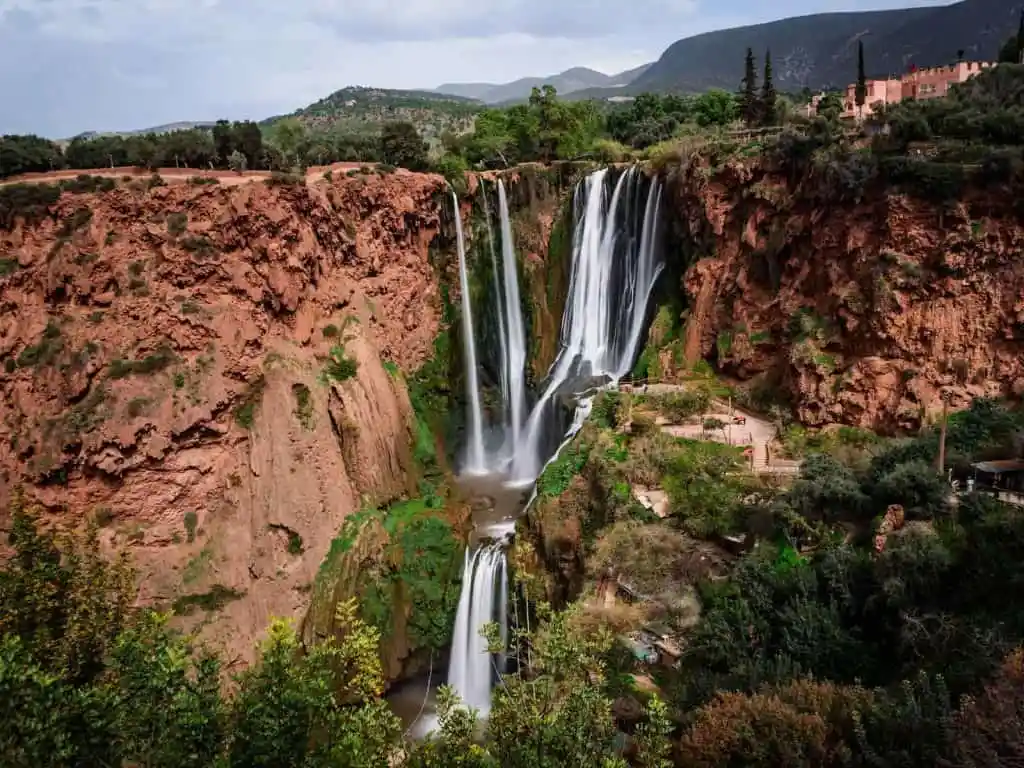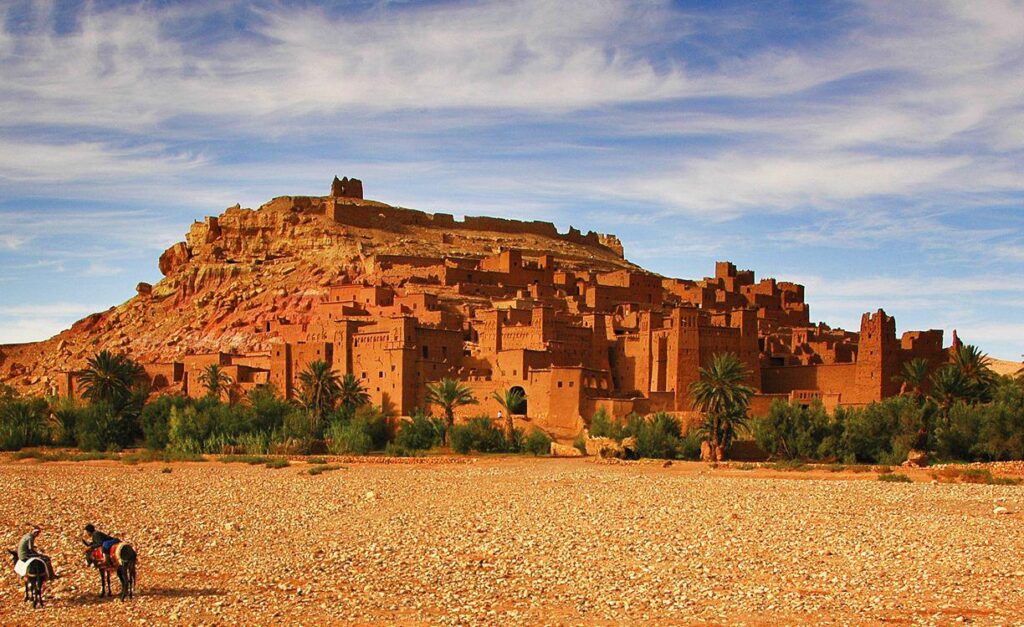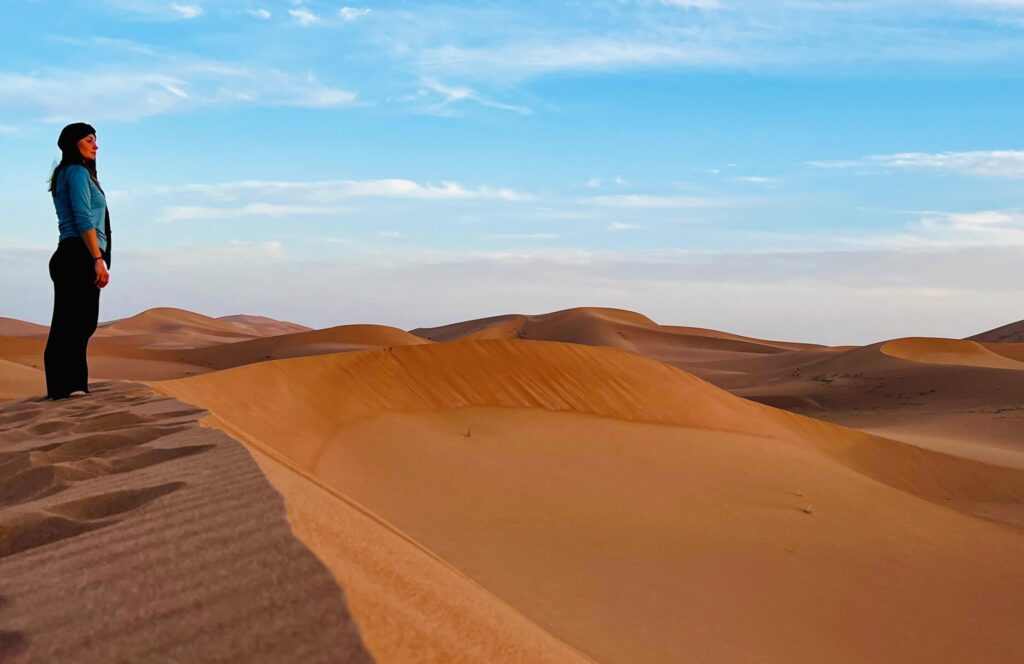Mad About Morocco
Morocco and the Sahara will fascinate anyone with a true spirit of adventure.
From the walled Imperial cities with their bustling souks and grand palaces, to the immense space and solitude of the legendary Sahara, the country offers an unrivalled experience.
Our tours start from the cities of Fes or Marrakech. Itineraries are completely bespoke, but allow for a day or twos exploration of the medina, or old city, and typically a glamorous dinner before setting out for more simple pleasures.
From Marrakech, the road winds up into the High Atlas, the dramatic mountain range that splits this part of Morocco into two. At it’s peak, mount Toubkal, the Atlas reach 4165 metres (13,536 feet). Using the Tis’n Test pass, the summit is still over 2000 metres.
Inhabited by Berber tribes, the atmosphere in the mountains is very different to the Arab dominated cities. Magical mountain villages hang precariously to impossible slopes, surrounded by vertiginous terracing where the villagers manage to grow their food. Snow covered in winter, the lush green valleys and rugged peaks are an amazing contrast with the medieval civilisation of the Imperial cities… and what follows in the desert.


The pass descends into Ouzarzate, a city centered around a desert kasbah (or castle). From here you will reach the Draa valley, after climbing a last mountain range. Thousands upon thousands of date palms line the banks of the Draa river, littered with ancient mud kasbah’s and tiny villages. Perhaps the most striking aspect of this part of the trip are the local people. Strikingly dressed in bright colours, whether selling dates from road side stalls or walking from village to village, these are a happy and contented people, with ready smiles.
The Draa valley becomes more arid at the desert town of Zagora, with the palms fading and the sand beginning to dominate. Many tours use Zagora as a stepping off point for the desert. Indeed, the town was once the point of departure for the camel trains leading to Timbuktu.
Today, though, a thin ribbon of tarmac road leads deeper into the hammada, the stony desert, and closer to the sand sea of the deeper sahara.
One hundred kilometres from Zagora, there can be no doubt that you have left civilisation behind – and with it, mass tourism.
A scruffy, but very friendly village clusters around the end of the tarmac. Here we pick up our desert guides. The dunes are constantly moving, and routes that were once passable can be closed after a single sand storm. The only answer is expert local knowledge. Born in the area, they know exactly where to find an oasis, where the sand is firm and can be crossed, and where it is soft and you will be stuck…
Itineraries can be altered to suit personal preferences, but to traverse the dunes at dusk, reaching the bivouac after dark, brings a tremendous reward the next morning. A night spent under traditional Berber tents around a campfire, or under the magnificent desert sky if you prefer, woken by dawn.
The sun rises over pristine dunes, the air crystal clear, the heat haze not yet distorting the vista. In the early morning light the sand takes on a darker hue, and as you sip your mint tea you will marvel as the shadows trace their way back across the dunes.

Contact
You have an idea, a place in your heart, a direction in mind – we create the rest with heart and soul. Get in touch – and let’s shape your journey together.
